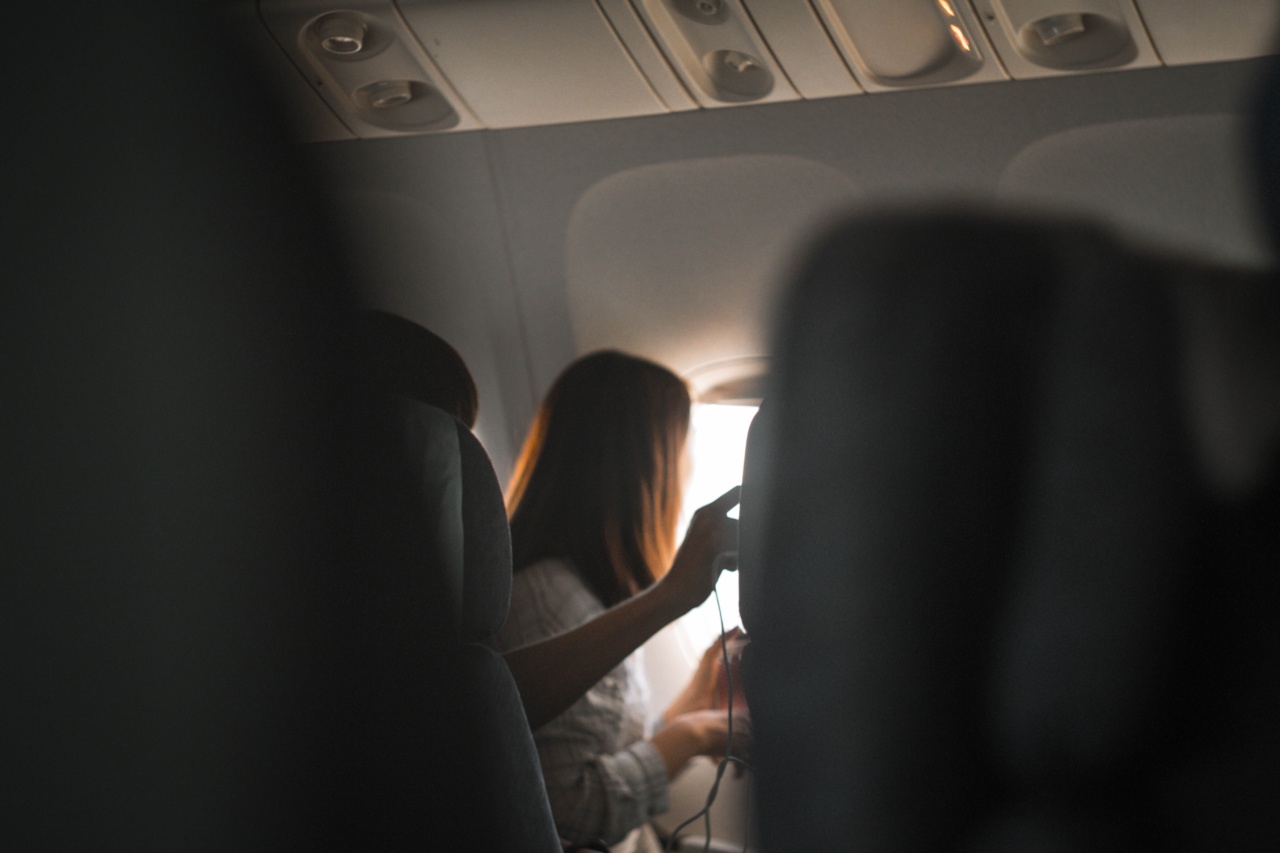Traveling during pregnancy can be a daunting task for many women, especially when it comes to air travel. There are several risks and challenges associated with flying while pregnant.
However, this should not prevent expectant mothers from traveling for pleasure or business. With proper planning and following specific rules and guidelines, pregnant women can have a safe and comfortable journey on a plane.
This article aims to provide pregnant women with necessary information about air travel during pregnancy and guidelines to follow to make the journey safe and comfortable.
When Is It Safe to Fly During Pregnancy?
Many women wonder how far into pregnancy it is safe to fly. It mainly depends on the individual’s medical condition and the airline’s policies.
In general, most airlines allow pregnant women to fly up to the 28th week of pregnancy without any restrictions. After this period, some airlines may require a fitness certificate from a doctor stating that the woman is fit to fly. After 36 weeks, many airlines do not allow expectant mothers on board for safety reasons.
It is essential to consult a doctor before planning a trip and check with the airline about their pregnancy policy. Also, consider the destination country’s requirements as some countries have specific rules regarding pregnancy and air travel.
What Are the Risks of Flying During Pregnancy?
Air travel during pregnancy poses physical and emotional challenges to expectant mothers. Here are some risks associated with air travel during pregnancy:.
: Blood Clots
Prolonged periods of sitting and inactivity in a confined space, such as an aircraft, can increase the risk of developing blood clots or deep vein thrombosis (DVT).
These blood clots can be life-threatening for pregnant women, leading to complications such as pulmonary embolism, stroke, or heart attack.
: Dehydration
Low air humidity levels, air conditioning, and minimal movement during a flight can lead to dehydration, which can affect pregnancy and cause complications such as headaches, dizziness, and cramps.
: Pressure Changes
The changes in atmospheric pressure during a flight can have an impact on the body’s circulation and oxygen delivery, leading to shortness of breath, nausea, and vomiting, which can be harmful to both the mother and the fetus.
: Miscarriage
A small risk of miscarriage is associated with air travel during pregnancy. However, this risk is very low, and there is not enough evidence to suggest that air travel during pregnancy increases the risk of miscarriage.
Tips for Pregnant Women Flying on a Plane
Here are some tips that pregnant women can follow to ensure a safe and comfortable journey during air travel:.
: Consult a Doctor
Before traveling, make sure to consult with a doctor to ensure that air travel is safe for you and your unborn baby. Also, get a fitness certificate from your doctor, if required by the airline.
: Choose an Aisle Seat
Choose an aisle seat for easy access to the restroom and to stretch your legs during the flight. Also, try to book a seat with extra legroom.
: Wear Comfortable Clothing
Wear comfortable and loose-fitting clothing that does not restrict your movement and allows easy breathing.
: Stay Hydrated
Drink plenty of fluids during the flight to stay hydrated. Avoid coffee or tea, as they can increase dehydration.
: Exercise
Take some time during the flight to move around and stretch your legs to prevent blood clots. Also, perform some simple exercises like ankle stretches, calf raises, and shoulder rolls.
: Carry Your Records
Carry a copy of your medical records, including the due date, previous medical history, and a doctor’s note stating that you are fit to fly.
Conclusion
Air travel during pregnancy is safe if suitable precautions are taken. Before planning a trip, pregnant women should check with their doctor and airline regarding their pregnancy policies and guidelines.
Proper planning, choosing the right seat, and staying hydrated are some of the essential tips that pregnant women can follow to make their journey comfortable and safe.




























